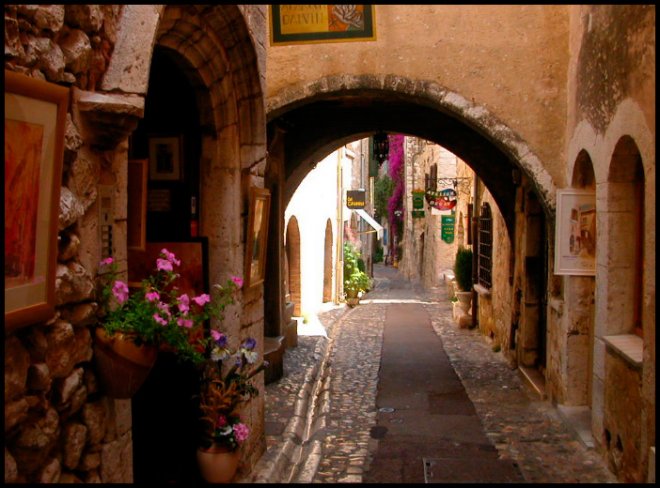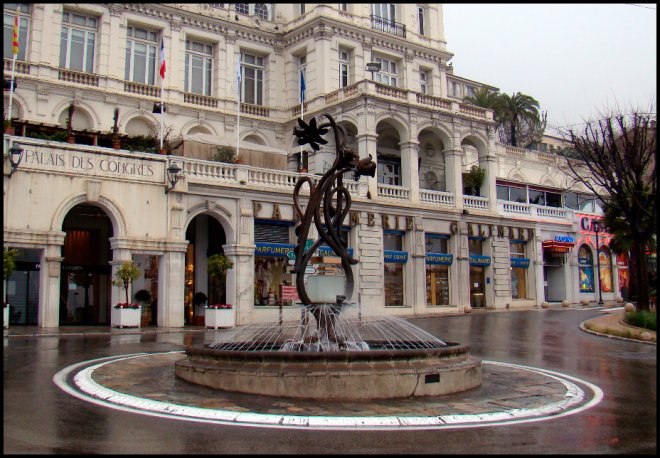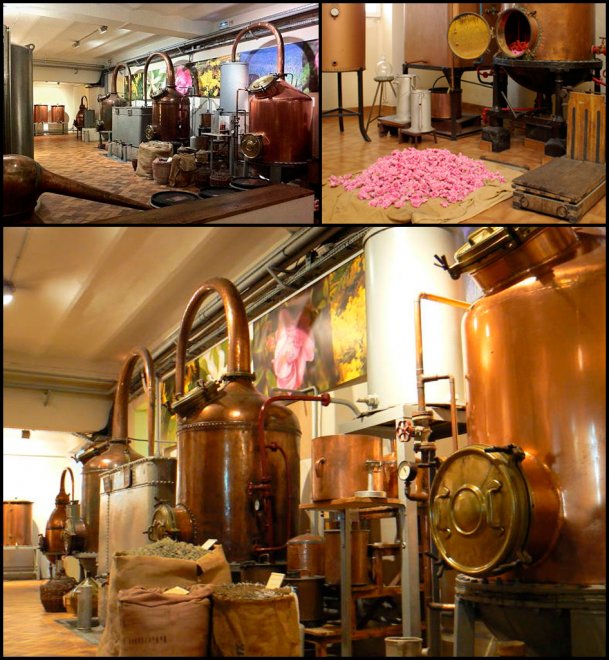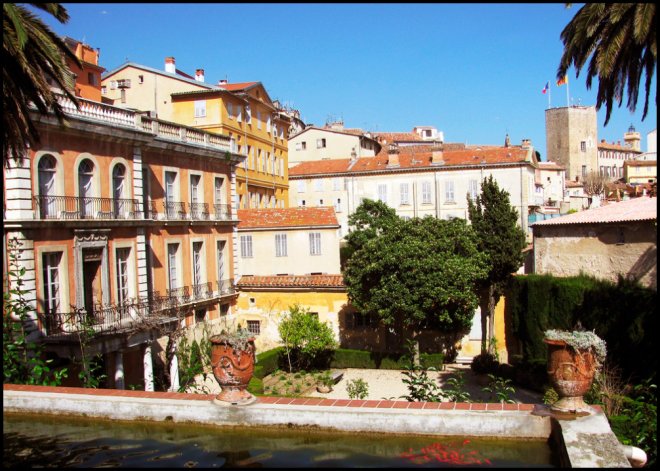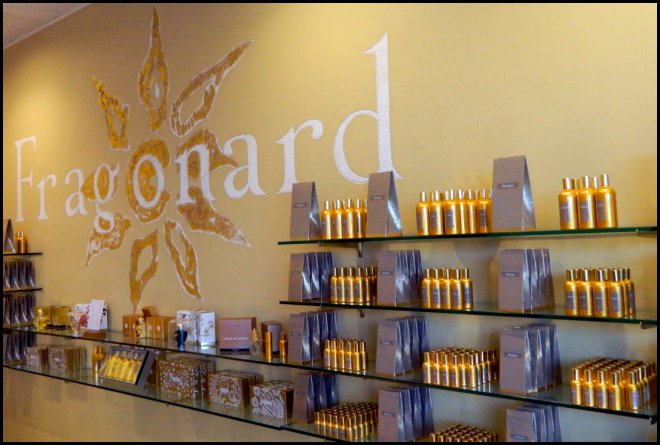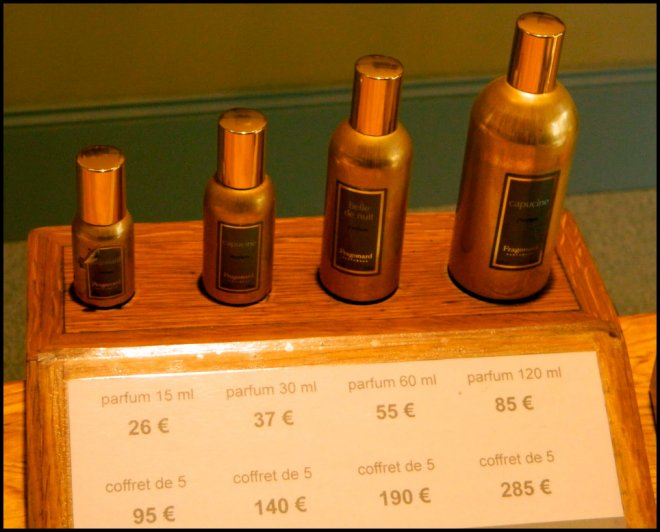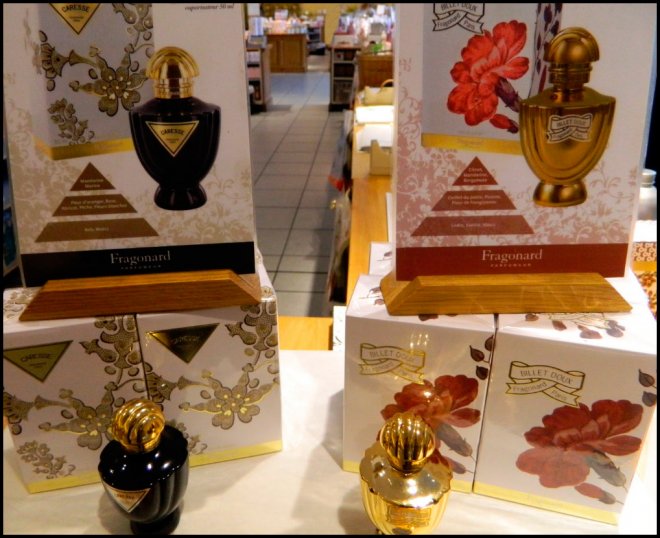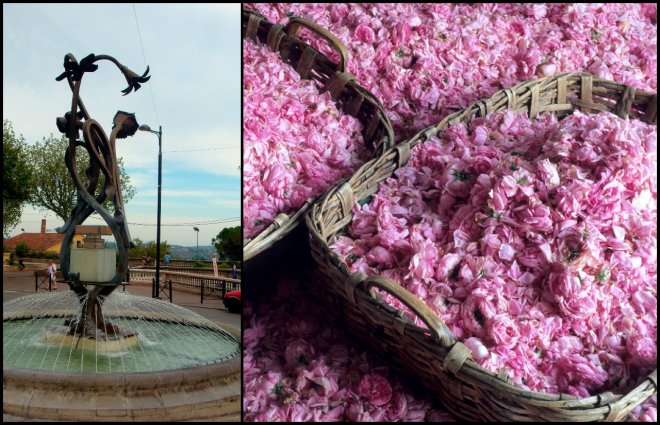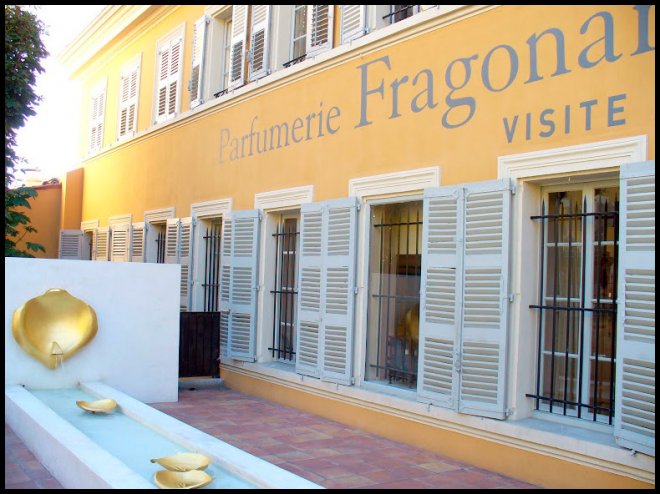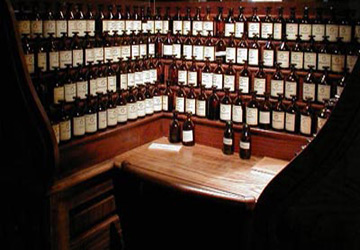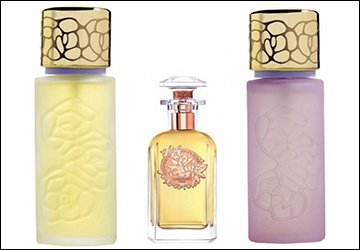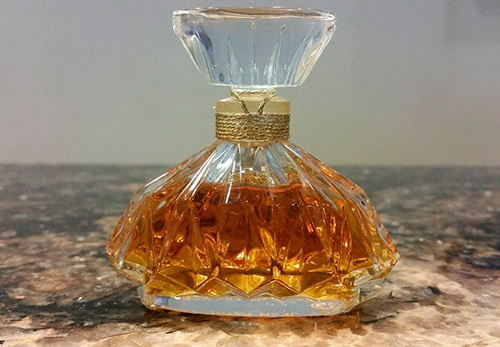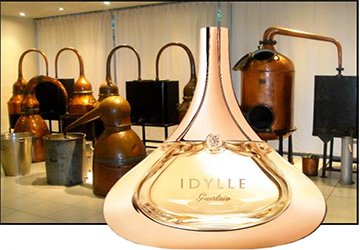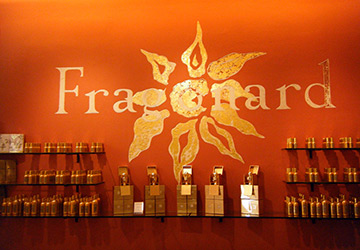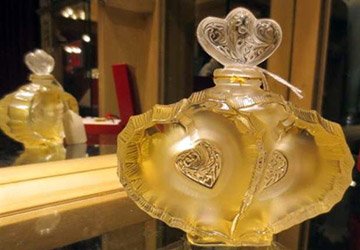Perfumery
Grasse - the capital of perfumery
Grasse has been known since the 11th century. In 1125 it became the seat of the bishop of Antibes. Grasse was an episcopal city. He traded with Genoa and Pisa, and in 1482, together with Provence, became part of France. Grasse is also known for the fact that in 1815 Napoleon I Bonaparte landed in the Bay of Golfe-Juan and with a small army went to Paris to his "kingdom of one hundred days." And in the printing house of Grasse an appeal to the people and the army was printed. Ivan Bunin lived in Grasse for some time, and on October 10, 1963, Edith Piaf died here. Queen Victoria loved to rest in Grasse.
Boring, one of the sophisticated readers will notice. Well, in the central part of the town of Grasse, there is a square with the Notre-Dame-de-Puy cathedral, where you can see several works of the young Rubens. And there is also a fountain in Grasse, a fountain in the shape of a perfume bottle.
And this is undoubtedly the main attraction of this town. No, of course not a fountain. Bottle! Bottle and Perfume... Perfumery. If you've read the novel "Perfume" by Patrick Suskind, then this city should be familiar to you. After all, it is in Grasse that the main events of the novel take place.
Perfumery began to develop in Grasse in the 16th century. In the Middle Ages, artisans settled in Grasse, and most of them were glovers. It was they who came up with the idea of how to make their products, gloves, more attractive, namely, they began to flavor their gloves. This is how the fame of the perfume capital of Europe, "Rome of fragrances", came to Grasse. By the twentieth century, there were three world famous perfumery factories in Grasse, which supplied perfumes to almost all corners of Europe.
And today perfume is also produced in Grasse. On the streets of this town you can find many perfume shops selling fragrances, candles, and soap. And in some of them you can try yourself as a perfumer yourself, try create your own scent.
And the streets of Grasse also smell of perfume, which is specially sprayed over them. Just imagine, every street has your scent!
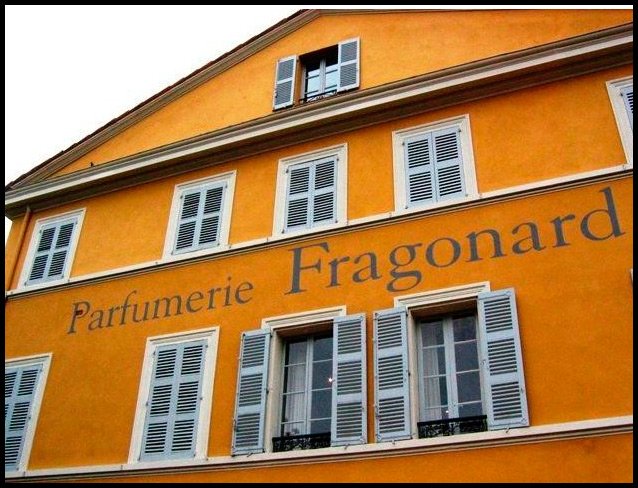
And also in Grasse there are museums, perfume museums - Fragonard and the International Perfume Museum. The exposition of the International Perfume Museum is quite extensive and allows you to trace the history of perfumes from the moment when the first perfumes were used in Europe, the purpose of which was to drown out the unpleasant smell of sweat, and to the present day, when perfume making has become a real art.
The Fragonard Museum exists at one fairly old perfume factory, the history of which dates back to the 18th century. Today the factory is run by three sisters. The perfume factory is a family business. And the museum at the factory, the Fragonard Museum, got its name in 1926. It was named after Jean-Honore Fragonard, an artist from the area. The factory was also renamed and is now called Fragonard. The museum of this brand, although not large, is very informative. Distilling apparatus, flasks, scales, which have a history of several centuries, are collected in one place, as well as a lot of photographs.
Today Grasse is a quiet city, a city of perfumes, a capital of perfumers, a homely, medieval and quiet France with a rich history.
Comments and Reviews
Add a comment
Rating news
Shades of clothing that make women look younger
What shades of hair make women younger: rules and photos
Funny wedding dresses - photos and ideas
12 most expensive down jackets for the winter
How to look 25 at 40: tips from supermodels
Beautiful schoolgirls
Anti-aging haircuts and hairstyles for women
Fashionable skirts for autumn and winter
Fashionable women's trousers for the cold season
Fashionable and stylish sandals for summer 2024
Spring-summer 2024
 Fashionable dresses and tops with thin spaghetti straps
Fashionable dresses and tops with thin spaghetti straps
 Bandana tops: how to wear stylishly and beautifully
Bandana tops: how to wear stylishly and beautifully
 How to put together the perfect men's wardrobe for the summer
How to put together the perfect men's wardrobe for the summer
 Trendy shorts for spring-summer 2024
Trendy shorts for spring-summer 2024
 Fashionable skirts for spring-summer 2024: a guide to online shopping
Fashionable skirts for spring-summer 2024: a guide to online shopping
 The most fashionable dresses spring-summer 2024: styles and colors
The most fashionable dresses spring-summer 2024: styles and colors
 Fashionable total look 2024: image ideas and trends
Fashionable total look 2024: image ideas and trends
